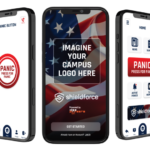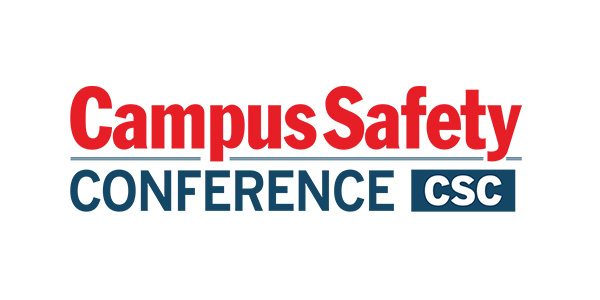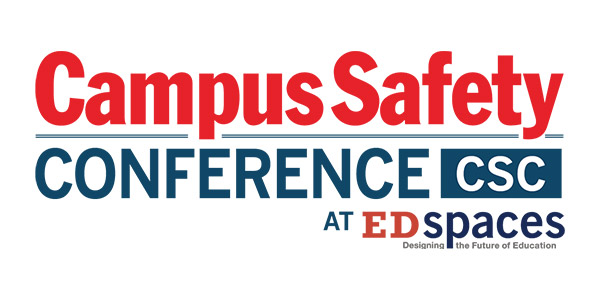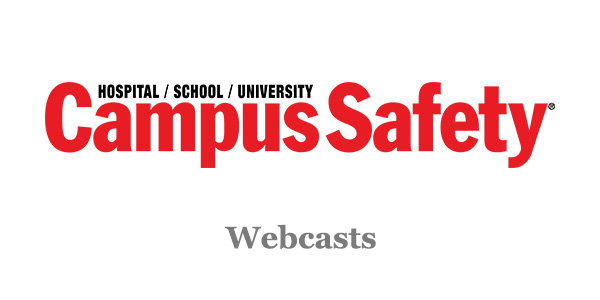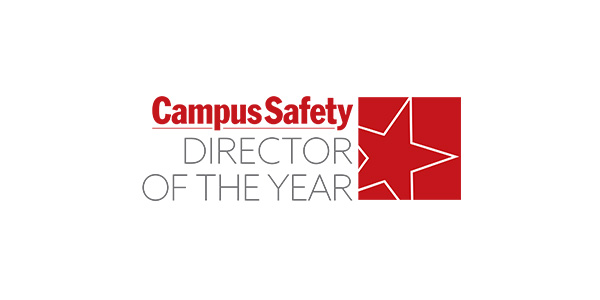In 2016, the National Institute of Mental Health estimated about 20% of American adults suffer from a mental health issue and characterized the mental health epidemic as a “crisis.” Since then, the coronavirus has generated some of the most stressful times in recent history. People have suffered from financial duress, insomnia, feelings of helplessness, uncertainty and the inimical effects of social separation. The effects of this stress have increased calls to mental health crisis helplines and, sadly, rates of suicide, substance abuse, and domestic violence.
With so many people returning to our campuses and the workplace, we must know how to recognize and deal with potential mental health issues. This necessity is borne from the fact that your colleagues and students may be coping with a mental health issue (and so may you!). Often, when one observes behavioral issues, such as someone who is argumentative or not paying attention or performing poorly, we interpret their behavior through the prism of our own ego. We conclude the person is rude, intellectually slow or disinterested in what we have to say. This may be an accurate assessment. However, it may indicate the presence of a mental health issue.
Naturally, we are not diagnosticians, but there are certain characteristics that are (though not exclusively) associated with mental health issues:
- Sensory overload, challenged by abstract thoughts, memory problems, and difficulty with problem-solving
- Many crave routine
- Inability to sit still
- Frustration/embarrassment due to feelings of shame, confusion or hopelessness
- Preoccupation with certain ideas
- Volume control challenges
- Lack shared perspectives
- Lack of eye contact
- Defensiveness (personal space)
- Pacifying behaviors, such as pacing back and forth
The first step in dealing with an individual potentially with a mental health issue is to recognize the behavior is not necessarily about you. Here are some tips from Crisis Intervention Team training that may help:
[promo_content slug=”weinstein-dusseau-csc-2023-promo”]
- Remain calm and be patient, but set time limits
- Keep it private and allow a person to vent
- LISTEN!
- Respect personal space: Hands off!
- Don’t demand, threaten or debate, especially in public. Give options.
- Ask what a person needs, what you can do to help, if you are understanding what the person is saying and is he or she understanding you.
- Employ the 3 E’s: be empathetic, give explanations, and control your ego.
- Watch non-verbal cues, both the person’s and your own (you don’t want to appear scared, disinterested or aggressive)
- Summarize and paraphrase to ensure you understand what is being said.
Despite your best intentions, there is a possibility the interaction could become physical so always protect yourself. If you are dealing with an individual who constitutes an immediate threat to self or others, immediately notify your campus police or security. Document your interaction and report it to your school’s Office of Wellness and Mental Health for guidance and resources, Human Resources (if it involves an employee) or the college’s Threat Assessment Team if you consider the threat serious.
If you or someone you know might be at risk of suicide, call the National Suicide Prevention Lifeline at 800-273-8255, text TALK to 741741 or visit SpeakingOfSuicide.com/resources for additional information.
Note: The views expressed by guest bloggers and contributors are those of the authors and do not necessarily represent the views of, and should not be attributed to, Campus Safety magazine.



